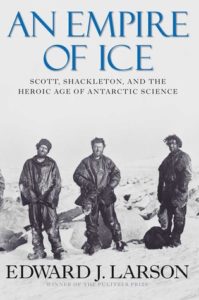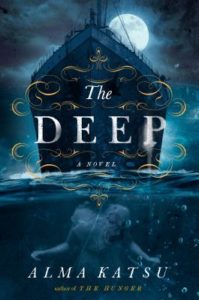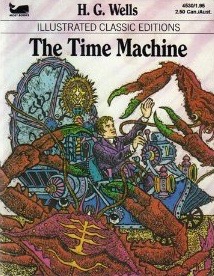An Empire of Ice: Scott, Shackleton, and the Heroic Age of Antarctic Science
by Edward J. Larson
My rating: 4 of 5 stars
Book Description (via GoodReads):
Published to coincide with the centenary of the first expeditions to reach the South Pole, An Empire of Ice presents a fascinating new take on Antarctic exploration. Retold with added information, it’s the first book to place the famed voyages of Norwegian explorer Roald Amundsen, his British rivals Robert Scott and Ernest Shackleton, and others in a larger scientific, social, and geopolitical context.
Efficient, well prepared, and focused solely on the goal of getting to his destination and back, Amundsen has earned his place in history as the first to reach the South Pole. Scott, meanwhile, has been reduced in the public mind to a dashing incompetent who stands for little more than relentless perseverance in the face of inevitable defeat. An Empire of Ice offers a new perspective on the Antarctic expeditions of the early twentieth century by looking at the British efforts for what they actually were: massive scientific enterprises in which reaching the South Pole was but a spectacular sideshow. By focusing on the larger purpose, Edward Larson deepens our appreciation of the explorers’ achievements, shares little-known stories, and shows what the Heroic Age of Antarctic discovery was really about.
First Line:
When I tell friends that I’m writing a book about the Heroic Age of Antarctic exploration, they typically respond in one of two ways.
(Preface)
Larson won the 1998 Pulitzer Prize in History for Summer for the Gods: The Scopes Trial and America’s Continuing Debate Over Science and Religion, which is (of course) now part of my never-ending virtual TBR. I added this book to that list in April of 2011, making it – as of the first of this year – the oldest entry. Since the book published in May 2011, I suspect I ran across it while doing collection development for the library.
I picked up a physical copy at The Strand in NYC in January 2018 (for a Sherlockian gathering – I do spend a lot of time thinking about the Victorian era), along with a copy of Apsley Cherry-Garard’s The Worst Journey in the World. The latter is on my Classics Club list.
Larson is a historian, and this book came out of Yale University Press, so it’s no surprise that it is not a light read. It delves into details about the major British Antarctic expeditions – the Discovery (British National Antarctic Expedition 1901-04, under Commander R.F. Scott), the Nimrod (British Antarctic Expedition 1907-09, under E. Shackleton), and the Terra Nova (British Antarctic Expedition 1910-13, under Captain R.F. Scott) – and connects them to the broader history of Arctic and Antarctic exploration.
As Larson points out, there have been many works published about these voyages, but few focus on the scientific research that was a main focus of the expeditions at the time. Power struggles between the Royal Society and the Royal Geographical Society were a constant behind the scenes, affecting the structure, the crew selection, and the objective(s) of each mission. Larson looks at the lasting social, cultural, and scientific impacts of the Heroic Age, using each chapter to focus on the developments in a specific field (including biology, glaciology, and paleontology) over the broad time period, highlighting the ways earlier expeditions affected later ones on multiple fronts.
There is a lot of information packed into this book. I expect I’ll be revisiting it in future. I’m very happy that there is a nice index. I do wish there had been a full bibliography included, since I’m now combing through the notes to compile my own.
In 2018, Larson published To the Edges of the Earth: 1909, the Race for the Three Poles, and the Climax of the Age of Exploration. It’s also on my to-read list, naturally.
Source: Purchased at The Strand, NYC, in 2018
Challenges: Read Harder 2022: Read the book that’s been on your TBR the longest; Mount TBR 2022










